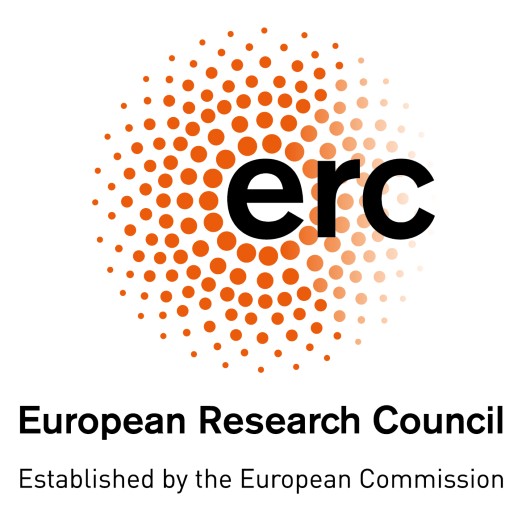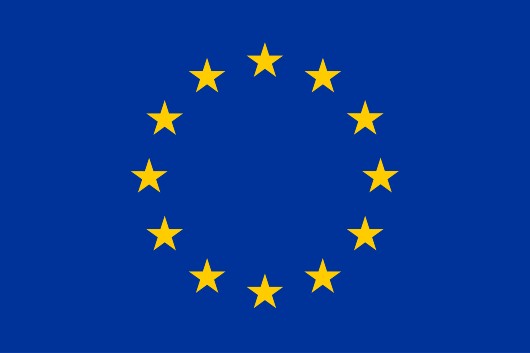FAQ
What does pseudonymization mean? Is it possible to identify individuals from the data?
In practice, social security numbers will be replaced by pseudo ID’s (unique random ID), and names are removed from the data. Individuals’ location information does not contain an address.
The research data will be pseudonymized before transferring it to researchers, which means that it does not include direct identifiers, which would be enough on their own for identification of the individuals.
Whose data is used for this project?
Data of persons who were born at the latest 1.1.2010 and lived in Finland at that time, or a child, mother, father, sibling, or spouse of such person, will most likely be part of the research data. Those individuals are referred to as data subjects. Except, people with a non-disclosure for personal safety reasons are excluded. For information about the data, visit Research and Data page.
Who is processing the data and for what purposes?
- Data is processed only by researchers who are part of this project (have an affiliation to THL). The data is not disclosed to any third parties, and it will stay only in Finland.
- The data is used for scientific purposes only. In research, information is not inspected at an individual level, instead, data from a large group of individuals is always used.
- The data will not be used for clinical or any other decision-making.
- The data will not be used for marketing or the definition of individual commercial services, such as insurance premiums.
Will the data be sold to third parties?
No. The data will not be sold. Only researchers belonging to the FinRegistry project can access the data.
Can the information be disclosed abroad?
No. The data will stay only in Finland.
What information is used for this research?
In this project, we use information about health, such as visits to health care, hospitalization, diagnoses, measurements, treatments, and medication. We also have other supporting data, like basic personal information, family members, marriage history, education, job occupation, and death time and causes.
We do not have any information from individuals who have a non-disclosure for personal safety reasons (turvakielto in Finnish).
The data is coming from different Finnish registries. For a detailed description of the registries and data used in this project, please visit our Finnish Registry Data page.
It should be noted that for decades health and social data from Finnish registries have been used for research. This way registry data can be used to promote the health and welfare of Finnish residents.
How long will the project last, and what happens to the data after that?
The project will last until the end of 2025 unless the continuation of the project is approved by the registers used in this project. After the end of the project, all personal data will be destroyed in its entirety.
What are the rights of a data subject?
Rights of data subjects are:
- Right to withdraw consent
- Right of access
- Right to rectification
- Right to erasure
- Right to restriction of processing
- Right to data portability
- Right to object
- Right to lodge a complaint
If you have questions about your rights, you can contact us: [email protected]
What are the roles of THL and FIMM in this project?
National Institute for Health and Welfare (THL) and Institute for Molecular Medicine Finland (FIMM) / the University of Helsinki will be joint data controllers of this project. Perola’s group at THL is responsible for data linkage and de-identification. Ganna’s group at FIMM is responsible for the analytical and methodological aspects of the project.
How and where results of this research are published?
Findings from this research project will be published in the form of reports or scientific articles with an open-access policy. Publications will be linked to our News page. Also, summary high-level descriptive statistics will be publicly available on that page.






